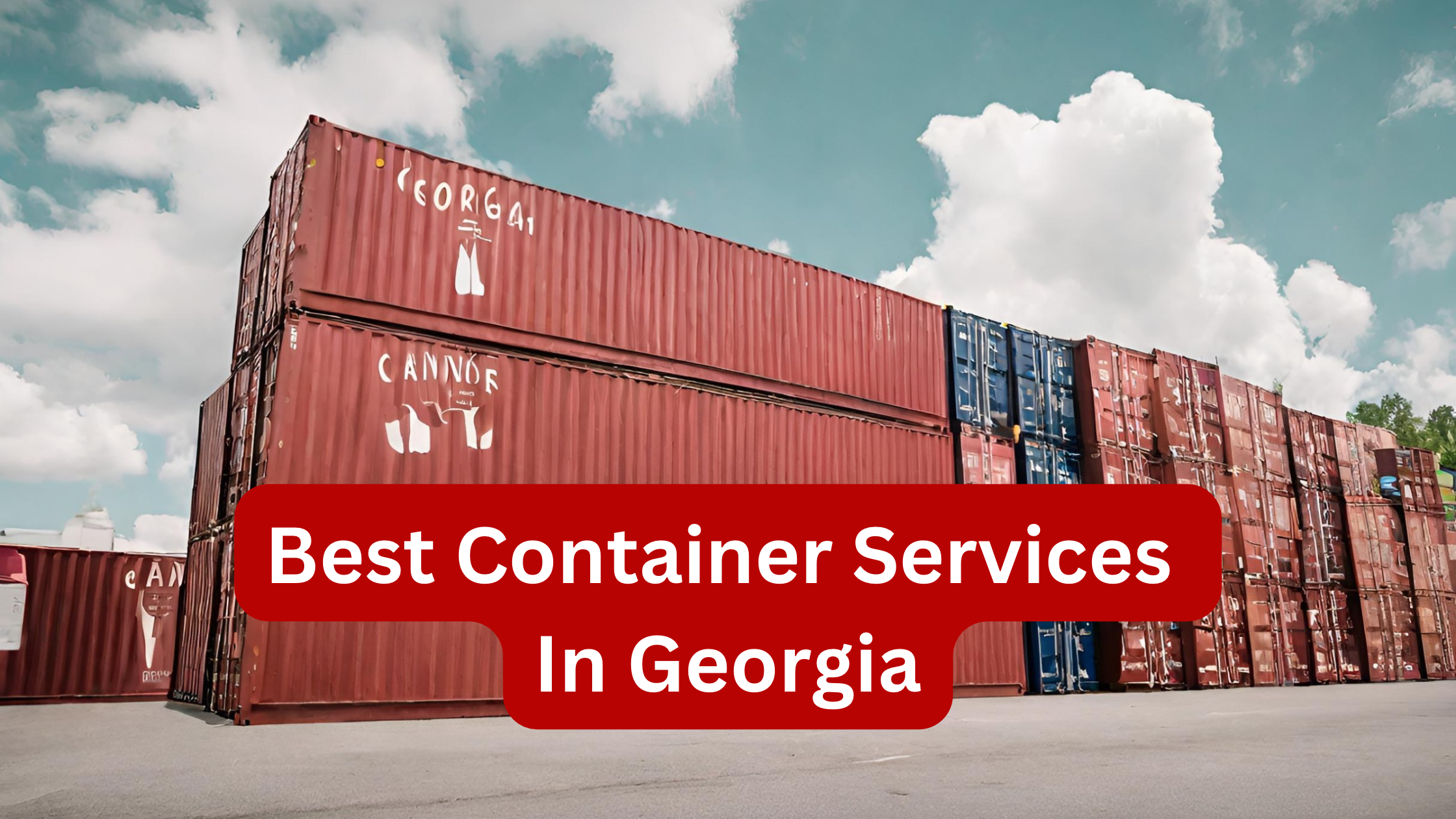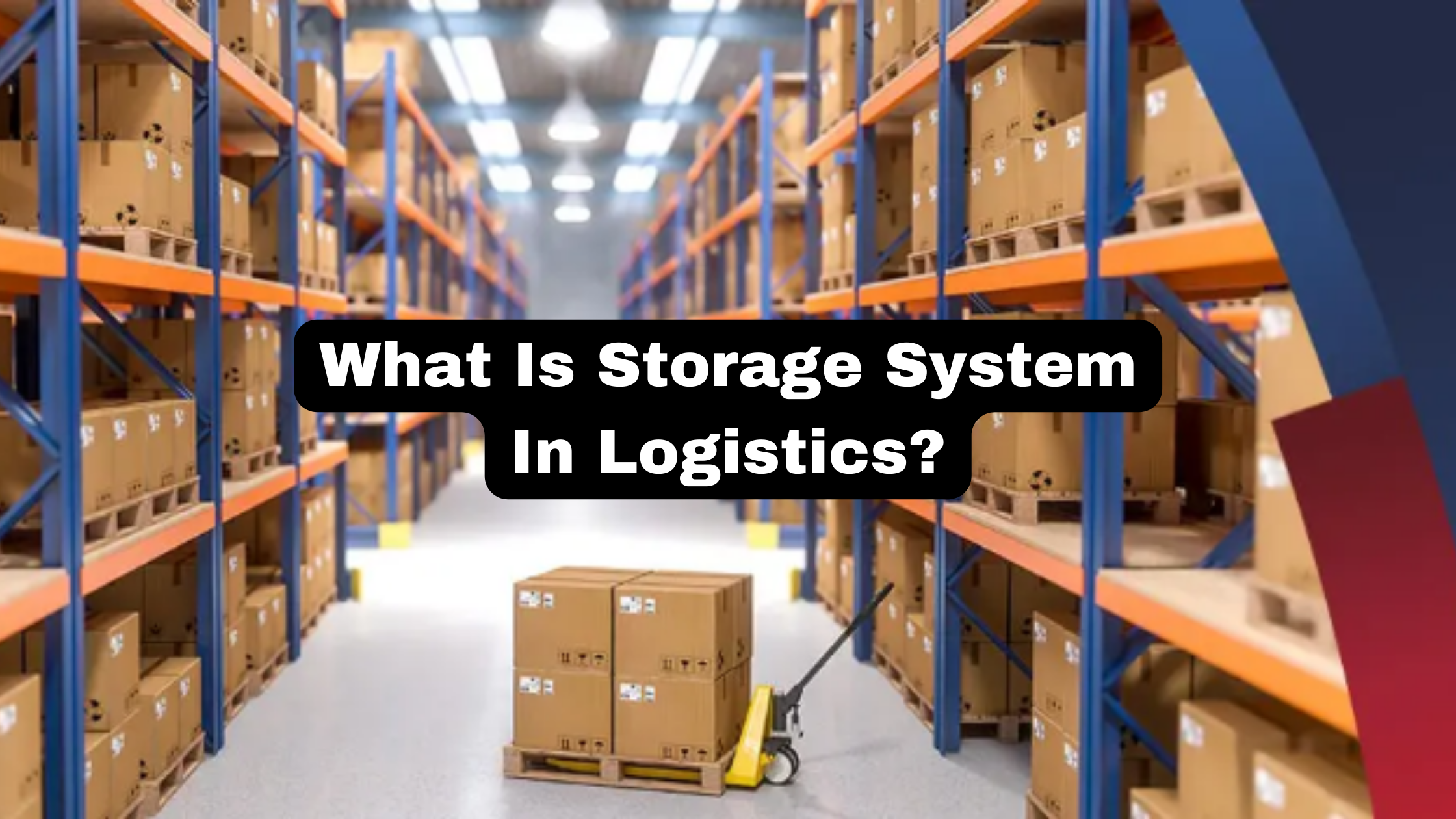The transportation of commodities and products is one of the most important functions of the trucking sector, which is a significant part of the global economy. The way businesses function has changed significantly as a result of new rules and technological advancements in recent years.
The trucking industry has been heavily affected due to many factors starting from the Covid-19 outbreak to current geopolitical conditions and much more. It is critical to assess the trucking industry’s situation right now and project where it will be in 2023.
Economic Outlook
The trucking business has a relatively favorable economic prognosis for 2023. As the global economy is expected to continue to recover from the COVID-19 epidemic, there will likely be an increase in the demand for transportation services. Since businesses have resumed regular operations, the previously available backlog in shipping will also require trucking services to reach its destinations.
According to a recent analysis by the American Trucking Association, freight volumes in the United States are predicted to increase by 4.2% in 2023 after increasing by 5.8% in 2022.
There are, however, some concerns in the background. The present driver scarcity is expected to persist, which might lead to capacity limits and increased shipping costs for shippers. Nonetheless, certain trucking enterprises’ profitability may be hurt by increasing fuel prices and supply chain delays.
Technological Innovations
In recent years, there have been substantial technical developments in the trucking business, and this trend is anticipated to continue in 2023. The advancement of autonomous transportation technology is one of the biggest advances. Although completely autonomous trucks won’t likely be on the road for a few more years, in 2023 there will probably be substantial advancements in this technology’s research and testing.
Electric trucks are also being introduced into the industry to combat the carbon footprint and to ensure that a green supply chain is established and a sustainable shipping operation can be set up.
The use of data analytics and machine learning to enhance routes and operational efficiency is another example of technological improvement. To reorganize their business processes and cut expenses, several trucking businesses are making investments in these technologies.
Regulatory Landscape
The trucking sector’s regulatory conditions are constantly shifting and there will probably be some substantial changes by 2023. One of the most important modifications is the installation of the Electronic Logging Device (ELD) regulation in the United States. All commercial truck drivers are required to use ELDs to track their hours of service under the regulation, which is projected to improve compliance and safety.
In addition to the ELD mandate, there are also attempted negotiations concerning the introduction of carbon dioxide emissions rules for the trucking industry. Several countries are attempting to decrease their carbon footprint, and the trucking industry is a big contributor to greenhouse gas emissions. As a result, we should expect to see new laws targeted at decreasing emissions in 2023.
Industry Consolidation
In recent years, there has been a large degree of industry consolidation, and it is anticipated that this trend will continue in 2023. Several small and mid-sized trucking firms are trying to compete with larger enterprises that have more resources and economies of scale. As a result, the industry can anticipate more mergers and acquisitions in the upcoming year.
Consolidation might have both good and bad repercussions on the sector. Larger businesses might, on the one hand, be better able to invest in cutting-edge technologies and deal with regulatory changes. On the other hand, consolidation could lead to fewer options for shippers, which will result in a monopoly from the transportation giants and customers may have to pay higher fares.
Conclusion
The trucking sector will encounter both prospects and difficulties in 2023. Although the economy is expected to grow, persistent driver shortages, rising fuel prices, and supply chain disruptions may have an adverse effect on some businesses’ profitability. Yet, those that can adapt may benefit from higher productivity and increased profitability as a result of technology development, regulatory reforms, and industry consolidation.
In order to stay competitive as we head into 2023, trucking companies will need to stay on top of these trends and make smart investments. By embracing new technology, complying with regulatory changes, and investigating options for consolidation, transportation businesses may position themselves for success in the coming future.








